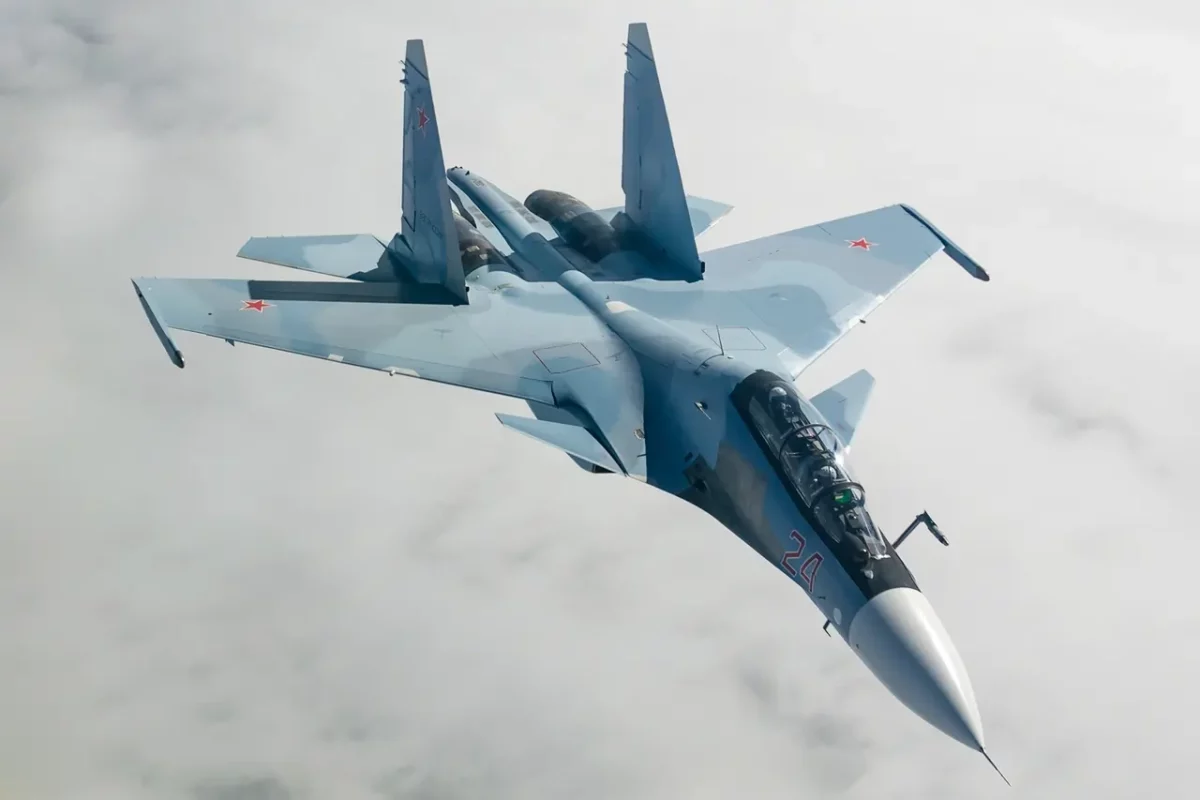The Indian Air Force (IAF) has officially confirmed the operational use of Israeli-made Rampage missiles on its Su-30MKI fighter jets during Operation Sindoor, marking a significant leap in India’s precision strike capabilities.
The announcement was made by Air Marshal A.P. Singh during a media briefing, where he emphasized that the integration of the Rampage missile onto the Su-30MKI platform represents a major milestone in IAF’s long-range strike readiness.
The IAF also released a short video captured via pilot helmet cameras, showcasing the moment a Su-30MKI launched the 570-kg Rampage missile from its wing-mounted pylon over the Himalayan sector. The footage features the radio call “Fox Three – Rampage Away,” followed by the missile’s guided flight toward a simulated enemy command bunker, ending in multiple secondary explosions upon impact.
An IAF official confirmed that this marks the first operational use of the Rampage on Su-30MKIs. The missile’s integration was made possible through software and avionics upgrades developed by the Defence Research and Development Organisation (DRDO), ensuring compatibility with the aircraft’s AL-31FP engine and digital fire control systems.
Earlier, the Rampage missile was operational with IAF’s Jaguar DARIN-III strike aircraft and MiG-29K carrier-based fighters. On the Jaguars, it was employed for deep-strike missions targeting strategic enemy assets, while on the MiG-29K, it served in anti-ship roles. Integrating it with the larger Su-30MKI required structural reinforcements and system recalibrations to handle the missile’s load and flight dynamics.
India had initially procured Rampage missiles from Israel between 2020 and 2021, amid rising tensions with China. Since then, the weapon has become a cornerstone of the IAF’s modernization efforts, enhancing its ability to conduct precision, stand-off strikes under adverse conditions.
Sources indicate that India is now exploring local production of the Rampage missile under the “Made in India” initiative, following the success of indigenous BrahMos missile manufacturing. Such a move would boost domestic defence capabilities and ensure self-reliance in critical weapon systems.













